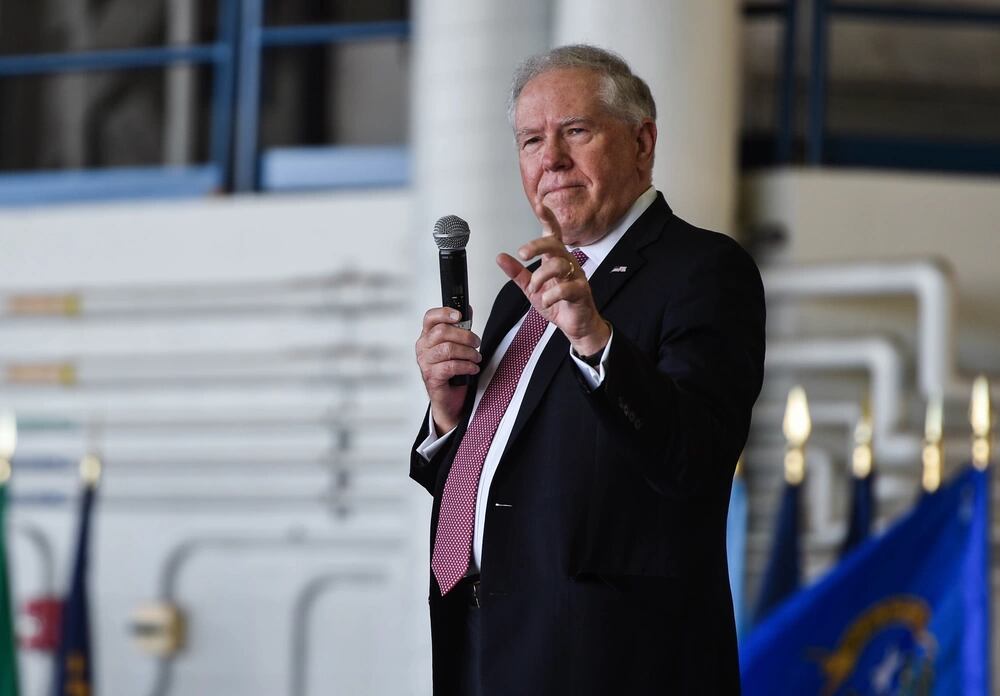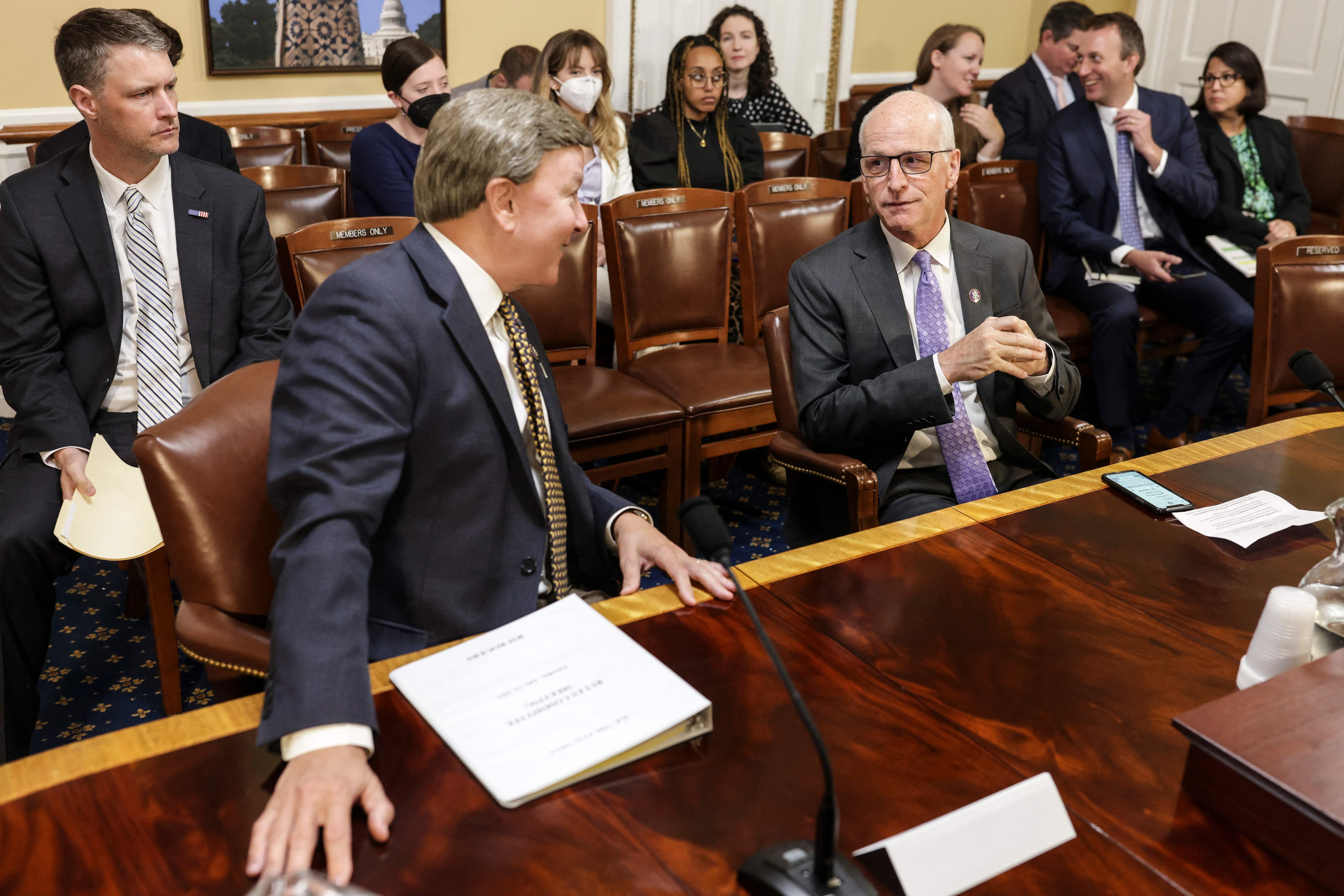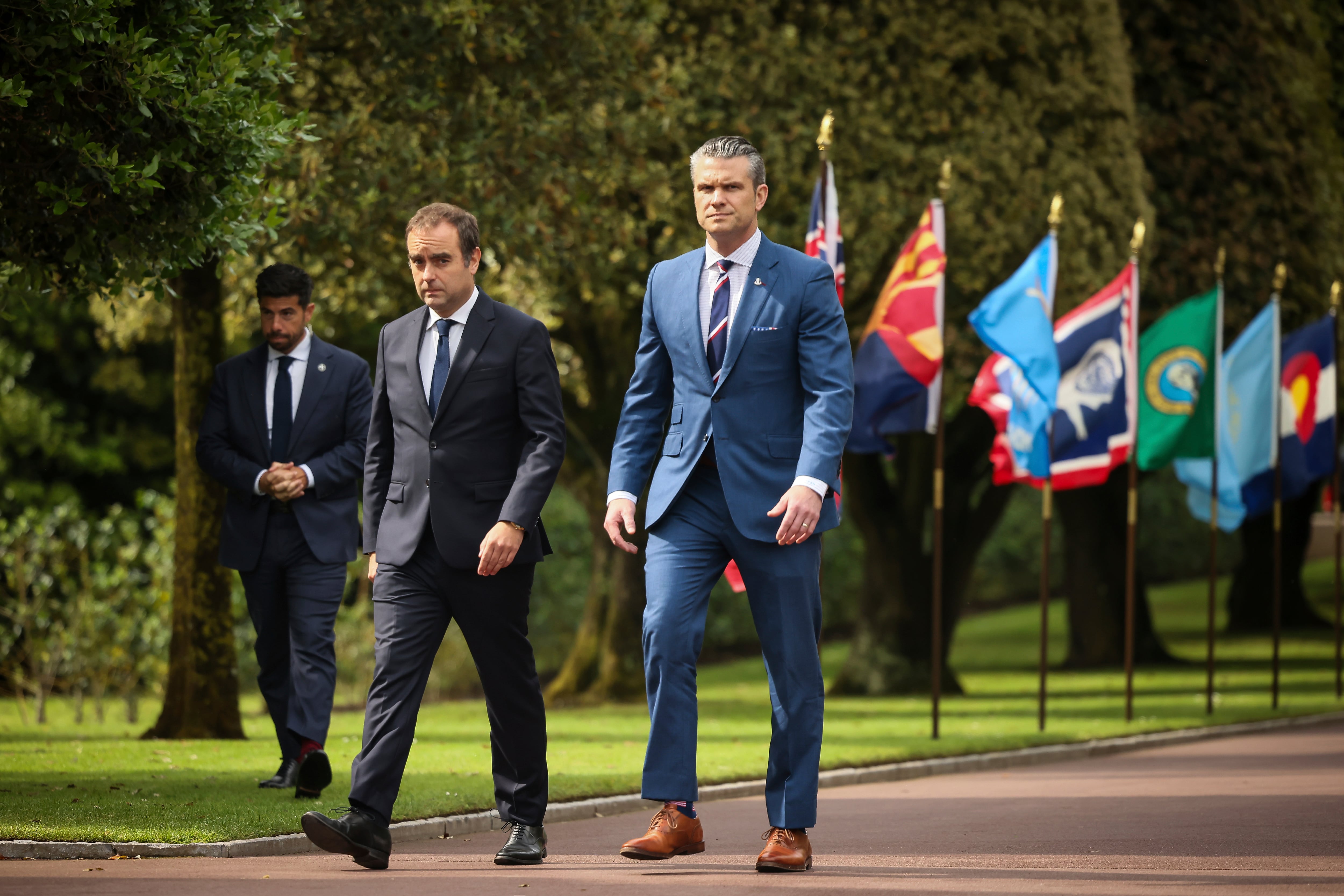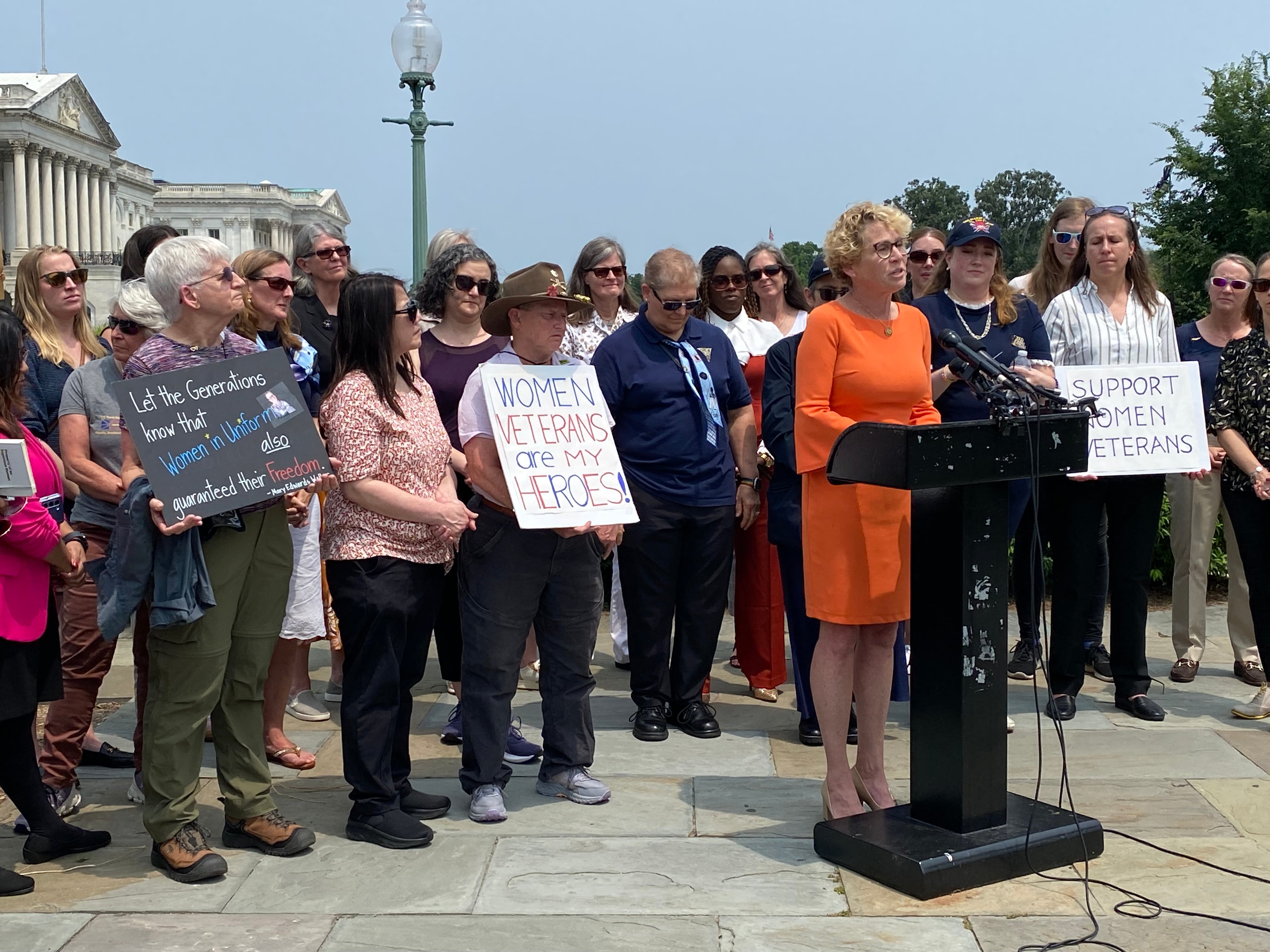Air Force Secretary Frank Kendall, in remarks Tuesday at the Space Foundation’s annual Space Symposium, laid out changes he is setting in motion to flesh out the space acquisition enterprise as the Space Force nears its second birthday.
Over the past few years, Congress and the Defense Department have worked together to stand up a new military service focused on space and to overhaul how the Pentagon buys and deploys space software and hardware.
“My approach to any reorganization is to move quickly to get the big parts right, but be prepared to make adjustments as one learns from experience,” Kendall said in a keynote at the conference in Colorado Springs. “One area in which we have not done enough yet is in the acquisition capacity of the Department of the Air Force.”
RELATED
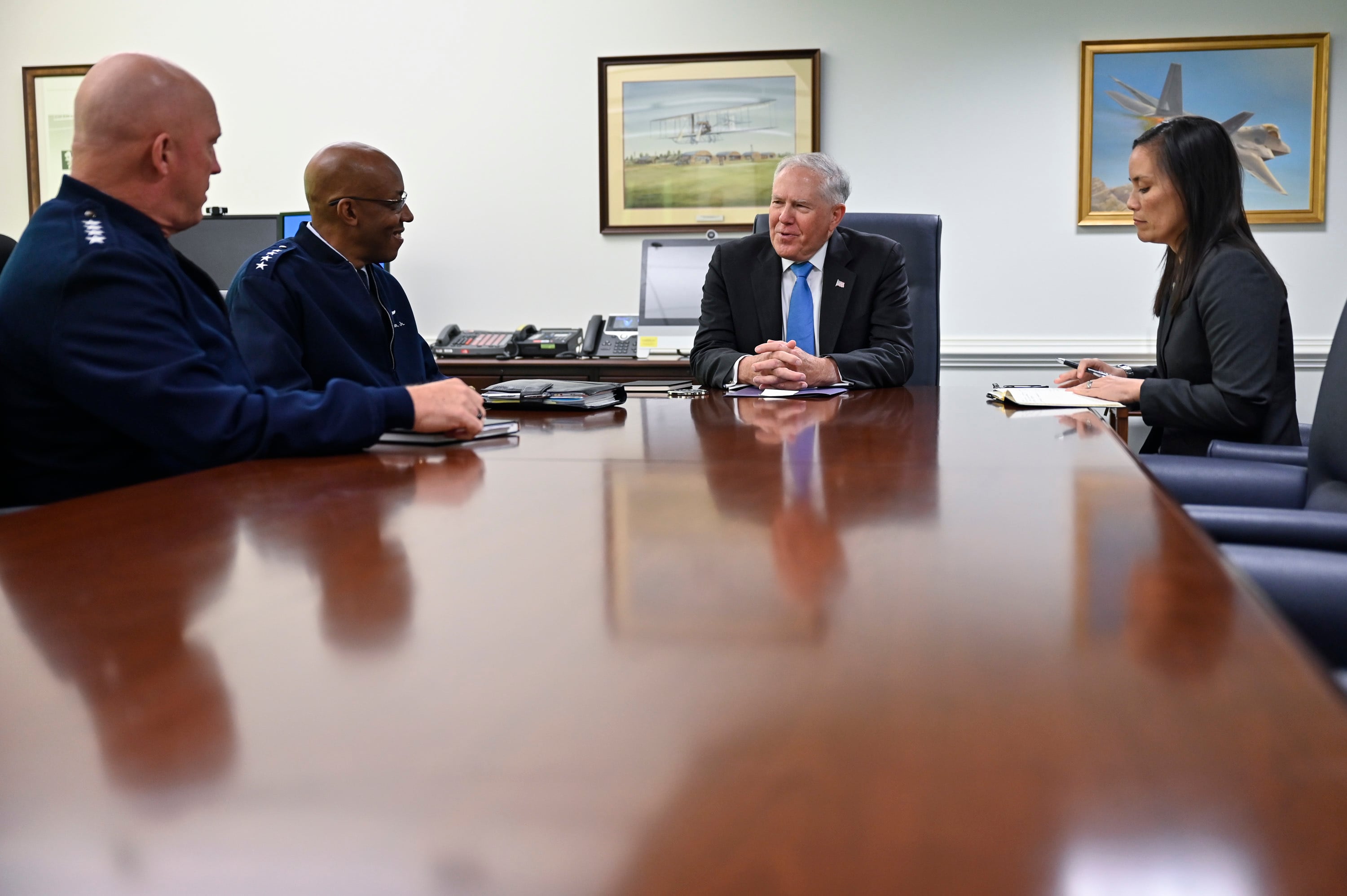
Kendall is compiling a shortlist of potential candidates to serve as assistant secretary of the Air Force for space integration and acquisition, a new role created by Congress in the fiscal 2020 National Defense Authorization Act.
He didn’t reveal any names under consideration, but said he is actively looking for candidates to present to Defense Secretary Lloyd Austin and President Joe Biden. An announcement could come in the “not-too-distant future,” he added.
“My vision for this position is that it should be largely a typical managerial role that combines the traditional acquisition responsibilities with broader responsibilities for technical integration with space systems across the board, including with non-space systems in the [Advanced Battle Management System and Joint All-Domain Command and Control] environments,” Kendall said. “What we’d like to call architecture definition, interface specification, open systems direction and technical interoperability requirements would be a key part of this individual’s responsibilities.”
Shawn Barnes, a retired Air Force colonel who spent most of his career in space operations, has filled in as the acting assistant secretary so far. Barnes is leaving for a different leadership position in the Air Force, Kendall said, and Brig. Gen. Steve Whitney will lead the space acquisition and integration office until someone is nominated and confirmed.
In an email Tuesday, Barnes did not answer what his new job will be, but said, “You can expect that I’ll stay fully engaged supporting the secretary and both chiefs to sustain and improve some critical relationships.”
Whitney currently serves as space programs director in the Air Force acquisition branch and will become the acquisition and integration office’s military deputy once a civilian assistant secretary is in place.
Discussions about the new assistant secretary position have sometimes been fraught — for example, former Air Force acquisition boss Will Roper publicly opposed splitting air and space work between two officials.
In the meantime, Kendall is moving the space directorate from the Air Force’s acquisition branch to the space acquisition and integration office — now known as SAF/SQ.
“For major acquisition decisions in the near term, SQ will report to Darlene Costello, the acting assistant secretary of the Air Force for acquisition,” Kendall said. “She will be the acquisition executive for space systems until that role shifts to the new assistant secretary for space acquisition and integration.”
By law, that handoff will begin in October 2022. But Kendall indicated the Air Force is lobbying to push that date earlier: “We are hopeful that Congress will give us the option to move more quickly in this year’s authorization bill,” he said.
International space programs will move under the Department of the Air Force’s international affairs office, while the technical aspects of international systems interoperability will still reside in the acquisition office.
While Kendall works on the internal reorganization, he is also turning his attention to bringing the Space Development Agency into the Space Force.
SDA is a high-level group under the Pentagon research and engineering boss that wants to create a constellation of thousands of low-cost, replaceable satellites for missions like missile warning and combat data-sharing. That’s slated to join the Space Force as part of the service’s broader acquisition ecosystem starting in October 2022 as well.
The agency will not become part of the Space Force’s Space Systems Command, the successor to the Air Force’s Space and Missile Systems Center. It will instead directly report to the chief of space operations.
To smooth the transition, Kendall said he is partnering with Undersecretary of Defense for Research and Engineering Heidi Shyu on a working group that will plan for and speed up the process. They plan to co-chair quarterly meetings to review those plans and address any issues that arise.
An SDA spokesperson did not immediately respond to a query Tuesday on the working group or whether Derek Tournear, the agency’s director, will follow it to the Space Force.
“We’re going to step [cooperation] up a notch as we move closer,” Kendall said. “While SDA may not yet formally be part of the Department of Air Force, there is no reason why we shouldn’t begin to move aggressively in that direction.”
Rachel Cohen is the editor of Air Force Times. She joined the publication as its senior reporter in March 2021. Her work has appeared in the Washington Post, the Frederick News-Post (Md.), Air and Space Forces Magazine, Inside Defense, Inside Health Policy and elsewhere.
